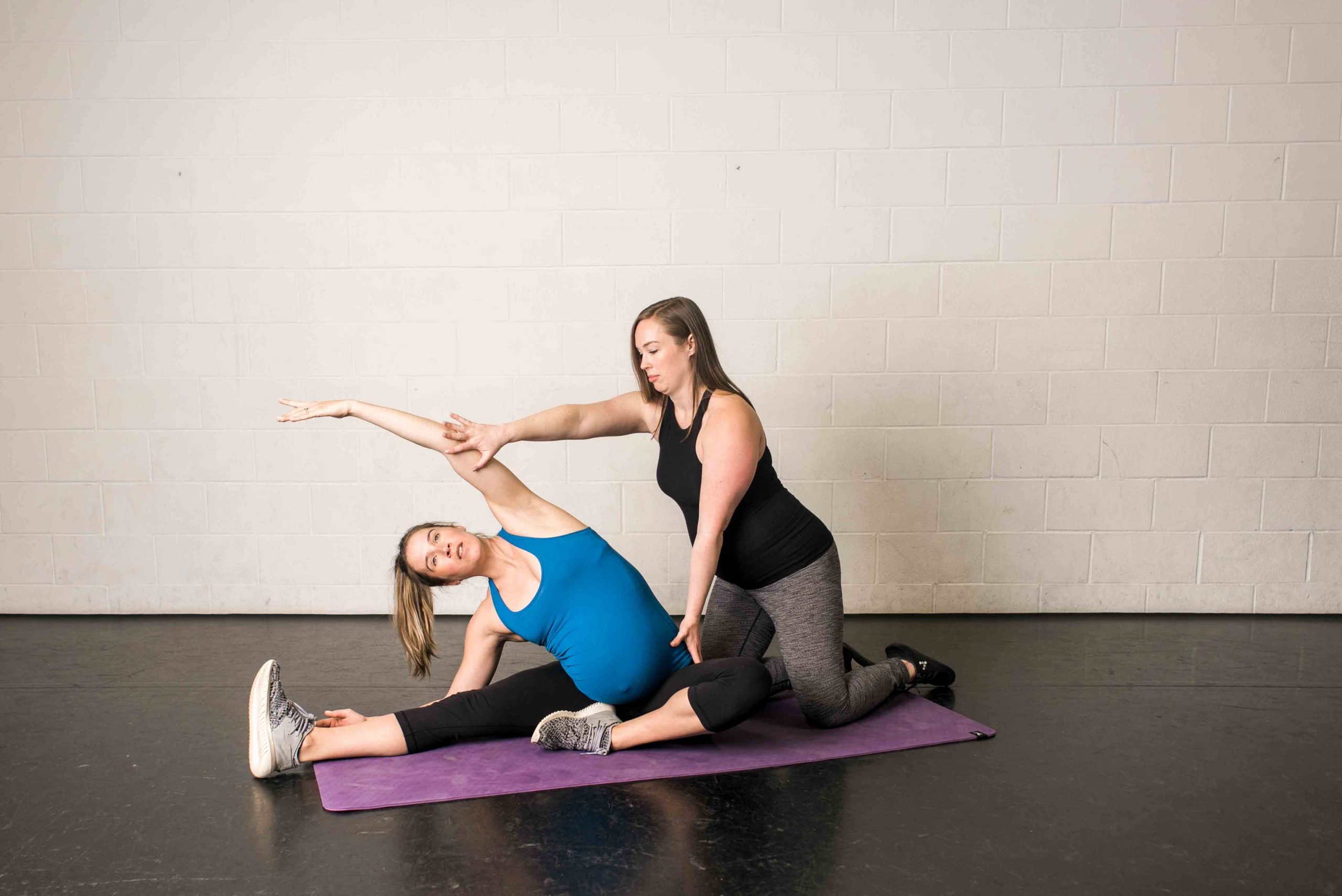5 Best Tips for Recovery and Regeneration
Proper recovery is essential to your progress in training, your ability to train consistently, and in preventing injuries. In my experience, however, the people who usually worry about recovery and (more specifically) overtraining the most are the people who aren’t training hard enough to ever have to worry about it. If you’re consistently training moderately/hard more days per week than you’re not, you definitely need to be conscious of your recovery work.
“You don’t get better during training, you get better recovering from training.”
More is not necessarily better when it comes to training – better is better. The minimum effective dose wins.
Here are my favourite tips on how to recover so you can continue to train hard:
1. Eat food
Yes, real food. I definitely encourage protein shakes when needed, but hopefully, you have some time to eat good, real, unprocessed food after a workout. Best combination of macronutrients for recovery post-workout is mainly protein + carbohydrates. Try to eat within the hour after exercise, sooner might be better but no need to force something down if you’re just not hungry.
Tip: Always keep portable snacks on hand, protein powder in a shaker cup, and/or BCAA’s to help you make it through to a proper meal.
2). Sleep
It just cannot be stressed enough, the importance of consistent 7-9 hours of uninterrupted sleep. If you have young babies or toddlers (or just major chaotic days) this might not be possible. You’re going to have to do really well in the other categories and just do what you can in this one. Start getting into a sleep routine. Turn off the electronics at least 30-60mins before bed time, have a bath, eat a snack if you’re hungry, have some herbal tea, find out what works for you.
Tip: Try the Sleep Cycle App. You set your phone alarm for a range of time in which you need to be up (e.g. between 630am-7am), and keep your phone
3). Soft tissue and mobility work
This one is so, so important. Are you already including some type of “trigger point release” into your training sessions? Dean Somerset does a great job explaining how to foam roll and why it’s so important, in this article. Make sure you give yourself extra attention on the foam roller around the hips – glutes, IT band, quads. You need to foam roll slower than slow. You actually don’t even to roll most of the time, you just need to stay on the points that are most tender and hold it right there. Breathe deeply and wait it out until it’s not so tender before moving on to the next point.
Tip: Graduate
4). Properly planned programs
Even if you’re not training for a sport, your training schedule should be periodized to avoid boredom, muscle/movement balance, and plateaus. This means you have periods or days of higher and lower intensity in your schedule. Periodization can simply look like changing your rep/rest scheme every 4-6 weeks.
Tip: For the next 4 weeks keep your strength exercises around 5 reps, and then your metabolic resistance training (MRT) exercises around reps 10. During the next 4-week phase take your strength exercises down to 3 reps and your MRT up to 12 reps.
5). Fish oil supplements
Perhaps the supplement of all supplements? Fish oil is rich is omega-3 fatty acids, DHA and EPA. These are good for all kinds of things including increasing metabolism, muscle cells become more sensitive to insulin, fat cells decrease, mood stabilization and repair/regeneration.
This article from Precision Nutrition explains the benefits of fish oil. PN recommends at least 6-12g of total fish oil per day,
So if you have 25% fat mass you would be taking 12-13g per day.
Tip: Try a liquid fish oil that is flavoured in your protein shakes. I take Nutra Sea brand that is a fish oil + Vit D,
These are the big bang for your buck recovery strategies. Try to incorporate each of these to some degree in your training schedule and lifestyle. You will see your results from training increase significantly with just a bit more effort into your recovery.



![My fitness coaching was leading moms to feel like trash about their bodies. 🫣
As if they needed that when inundated with messages to “get their bodies back” and programs to fit back in their pre-pregnancy jeans.
‼️ AND AND AND. As if I could continue to contribute to them keeping their mental energy on their size of their stomachs (when so many people in the world are living within oppression and true horrors).
Not to mention…
👉🏻👉🏻 The more hyper vigilant my clients felt about their bodies, the more their pelvic floor symptoms RAMPED UP.
A pillar of our Prenatal and Postnatal Fitness Specialist Academies - our fitness and pelvic health coaching certifications - is supporting perinatal folks from a size inclusive, non-diet perspective.
🗣There are ZERO discussions and no guidance on how to help your clients get smaller bodies.
You can coach in this way, too. But, you’ll need to commit to it.
[SAVE $500] Enrolment is NOW OPEN for the Prenatal and Postnatal Fitness Specialist Academy! ✨
PFSA is unlike any other pre/postnatal or pelvic health certification on the market.
Savings end Thursday, April 25th at midnight PST! DM me “PFSA” and I’ll send all the details to you, so you don’t miss ❤️
#CesareanRecovery #PrenatalExercise #PregnancyTips #PrenatalExercises #PrenatalFitnessTrainer #ActivePregnancy #PostpartumPilates #PostnatalWorkout #PostnatalExercise #PostpartumTraining #PostnatalCheck #PostpartumExercise #SafeExercisePostpartum #FullBodyWorkout #ParentWorkout #WorkoutsForParents](https://jessiemundell.com/wp-content/plugins/instagram-feed/img/placeholder.png)
